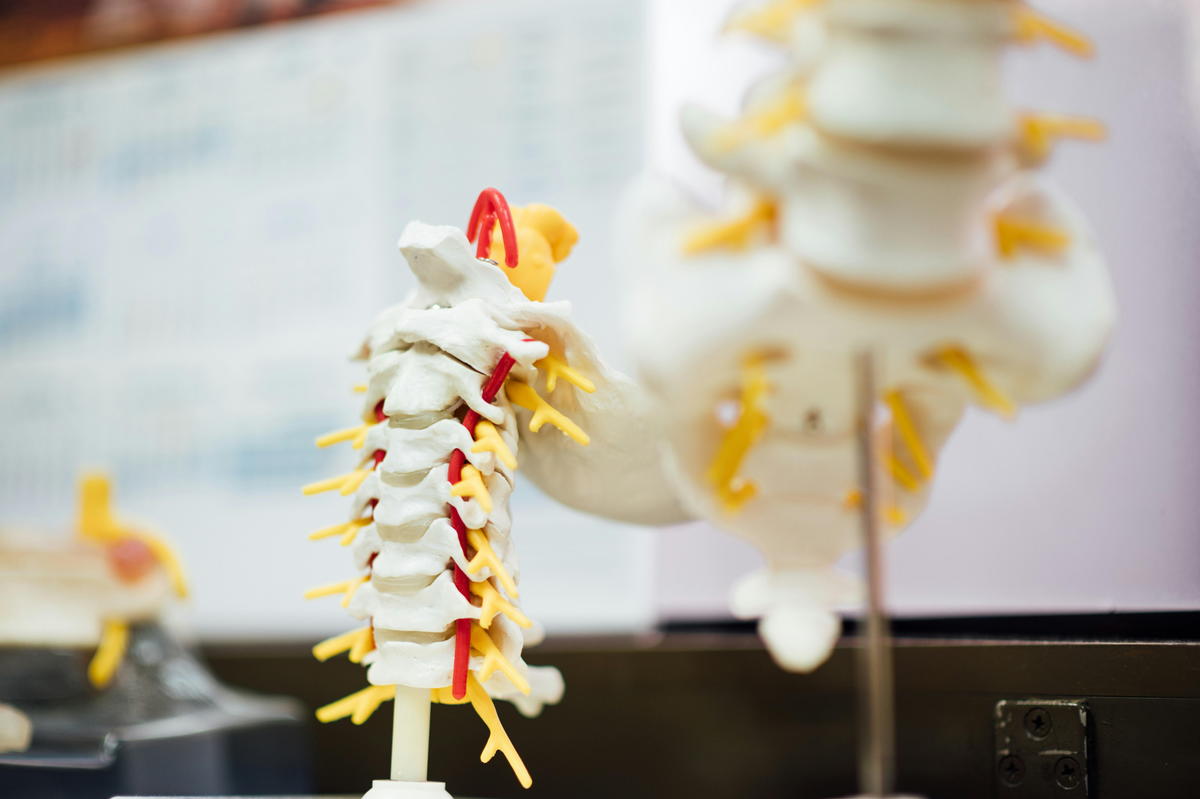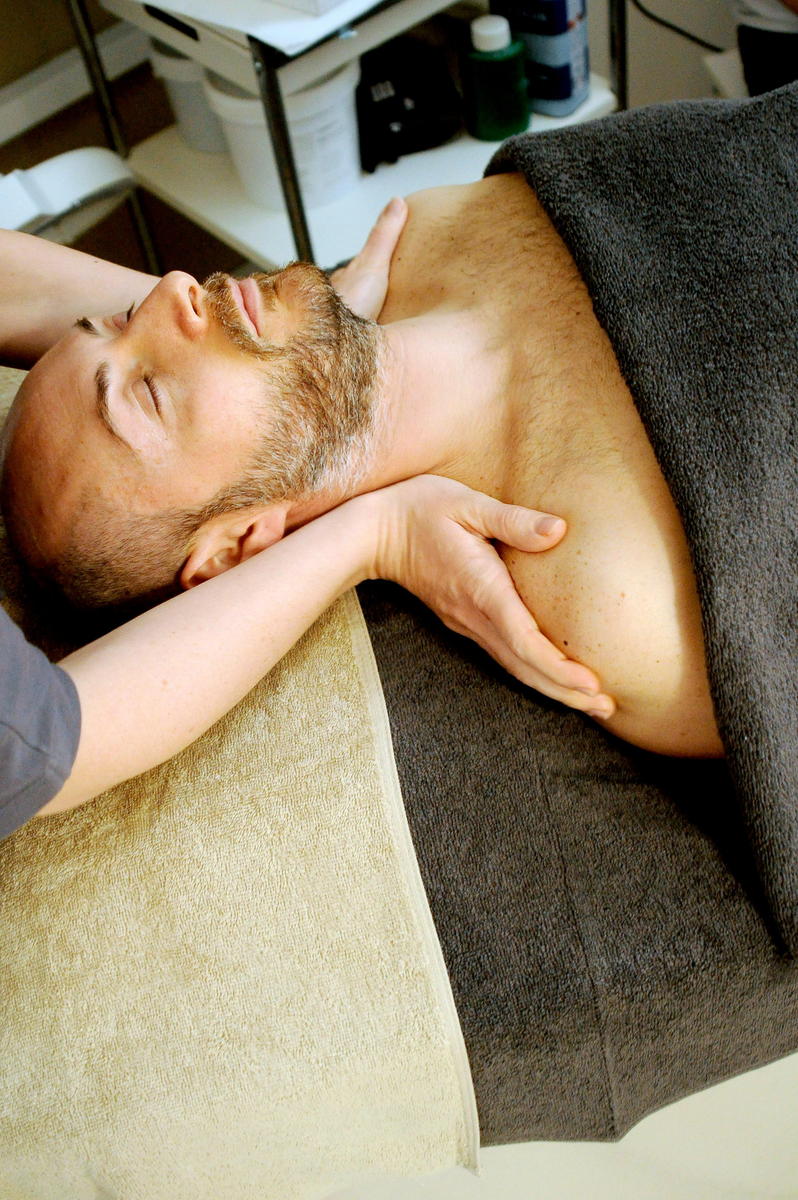Dr. Bajwa's Wisdom on Stress
- posted: Jul. 12, 2018
Good Afternoon Seattle, I hope this blog is finding you all happy and healthy!
:)
I would like to start this blog with an obvious statement: STRESS KILLS. It is no surprise that stress has been named the “silent killer” of Americans. It is present in our everyday lives, from physical stressors (that move across town that you just did—OUCH!), to mental stressors (my boss is driving me crazy!), to biochemical stressors (inflammation!). During this three-part blog series, I will be going over the three stressors and how these affect our bodies and how we can best combat these stressors to live more healthy, productive, and happy lives!
This could be you! >>>
The battle of stress is played out over our nervous system. Our nervous system consists of our brain, spinal cord, sensory organs, and all the nerves that flow through our bodies. Your nervous system is so powerful that it controls everything you do! From the simple movement of one foot in front of the other that gets you from place to place to the complex thoughts and emotions that guide you daily. The nervous system, when it is operating optimally, sends 100% of its messages from the brain down to the rest of the body. And when I say that, I mean every single cell, every single tissue, and every single organ of the body are connected and communicating via your nervous system.
In the three parts of this blog, I want to talk about specifically what interferes with the nervous system and the three stressors that cause nerve interferences, or the fancy medical term, SUBLUXATIONS! Subluxations are what cause the nervous system to not send its vital communication to every part of the body. Subluxations are a misalignment or partial dislocation of your spinal vertebrae which cause a miscommunication between your brain and the rest of your body. That doesn’t sound good, right?! These subluxations are bad news! Wanna hear more about physical stress and how it brings about these subluxations? Of course you do… :)

The first stressor is physical and can manifest itself in two ways: traumatic stress and repetitive stress. Trauma can occur through car accidents, whiplash, falls, work and sports injuries, or any incident that you create inflammation—essentially your basic “ouchie!” scenario. This physical stress then leads to changes in physical structures all over the body! Spinal joints and other joints throughout the body, muscle strains, ligament sprains, spinal disc injuries, spinal nerve compression, disc herniation's, and so many more can come from this physical trauma that your body has endured.
The first stressor is physical and can manifest itself in two ways: traumatic stress and repetitive stress. Trauma can occur through car accidents, whiplash, falls, work and sports injuries, or any incident that you create inflammation—essentially your basic “ouchie!” scenario. This physical stress then leads to changes in physical structures all over the body! Spinal joints and other joints throughout the body, muscle strains, ligament sprains, spinal disc injuries, spinal nerve compression, disc herniations, and so much more can come from this physical trauma that your body has endured.

The second physical stress is repetitive motion stress. This type of physical stress occurs during the day or the night upon which small irritations to the body give an overall summation effect on the nervous system. An example of this would be poor posture (which we are all guilty of from time to time!) If an individual sleeps in a poor posture, wakes up and stands in poor posture, then proceeds to go to work or school in a poor postural state, then sits in the car with hunched shoulders on their way home from work—you are looking at 10 hours in a poor postural state! This can lead to physical stress and harm to your nervous system. This type of physical stress over time causes inflammation which will lead to damage and degenerative changes to the body such as osteoarthritis, degenerative joint disease, and spinal subluxation leading to spinal decay. Both stresses can be devastating both short-term and long-term.
So what can you do to alleviate this physical stress?
Stretching
Exercise
Meditation

Breathing Exercises
Massage

Postural Exercises
And… you know it is coming… CHIROPRACTIC!
In health,
Dr. Nadeem Bajwa
Location
Find us on the map
Seattle Chiropractic and Wellness Group
3611 Woodland Park Avenue North
Seattle, WA 98103, US
Office Hours
~
8:00 am - 6:00 pm
9:00 am - 6:00 pm
8:00 am - 6:00 pm
9:00 am - 7:00 pm
8:00 am - 5:00 pm
By appointment only
By appointment only
